This is going to sound controversial, but I’m just going to say it anyway…
You need clear vision to play golf.
If you’re battling cataracts then having surgery is the best option for you.
But, can you play golf after cataract surgery? Lets take a deep dive…
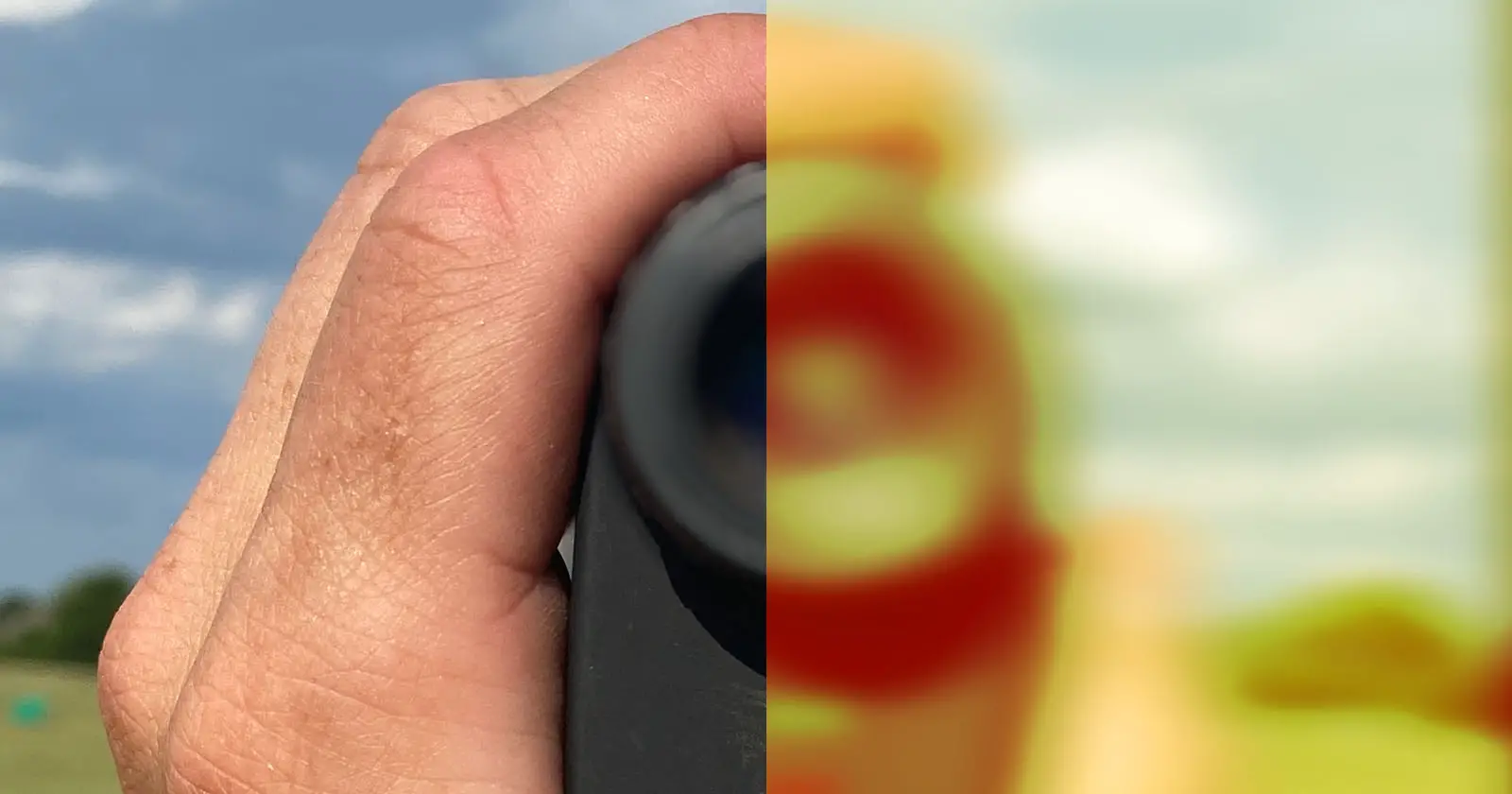
No more squinting to keep track of even florescent golf balls’ flight. Not seeing a golf ball’s path from the tee to the green is frustrating. Cataract surgery often saves your golf and improves your score. Whether you can play golf after cataract surgery bothers golfers.
Can you play golf after cataract surgery?
Yes, after having cataract surgery, a majority of patients can start playing golf again within a month. However, some may require additional time to recover and regain their previous level of vision. It is crucial to seek guidance from an eye doctor and adhere to their customized recommendations on when it is safe to resume playing golf, taking into account your individual healing process.
A cataract op is needed when cloudy vision stops you from seeing the ball on the golf course. Foggy sight is a no-no for any golfer.
This frustration affects a pro, amateurs, and thousands of golfers with cataracts. Knowing if you can play and when is what many golfers ask.
Can I play golf 3 days after cataract surgery?
After cataract surgery, it is not advisable to play golf for at least three days. It is crucial to maintain good eye health to achieve the best results from the surgery.
Can I golf one week after cataract surgery?
It may be safe to play golf one week after cataract surgery, but it is best to consult with your eye doctor first to ensure that your eyes have healed enough to resume golfing.
The recovery time can vary depending on the individual, so it is important to follow your doctor’s personalized advice on when it is safe to return to activities like golfing (source: Eye Surgery Guide).
Golf after cataract surgery: How soon is too soon
Often the thought of needing cataract surgery rattles a golfer. This is despite their frustration with poor eyesight, which doesn’t happen overnight but over time. The gradual loss of sight and a fogginess that makes following a ball difficult is already a worry.
The fear of having an op on their eyes for many people is stressful, and some say for golfers, it’s doubly so. When a golfer is told they need a cataract operation, they want to know about their future golf.
Golfers worry and want to know if they can play golf again.
Poor sight often is synonymous with a poor score. You might know the feeling, your sight is deteriorating, and you can’t follow the ball’s flight. Nor see where it lands, and putting is a nightmare.
Good eyesight is crucial in golf, and no golfer denies seeing well adds to the game’s enjoyment.
Golf problems after cataract surgery
The poor sight makes it difficult to gauge distances on the course – along the fairways, towards, and on the greens. Armed with your set of clubs, irons, and a putter, the 1.68-inch golf ball disappears in a fog of poor vision.
Playing golf well is a boost to any golfer’s esteem. And good eyesight is number one.
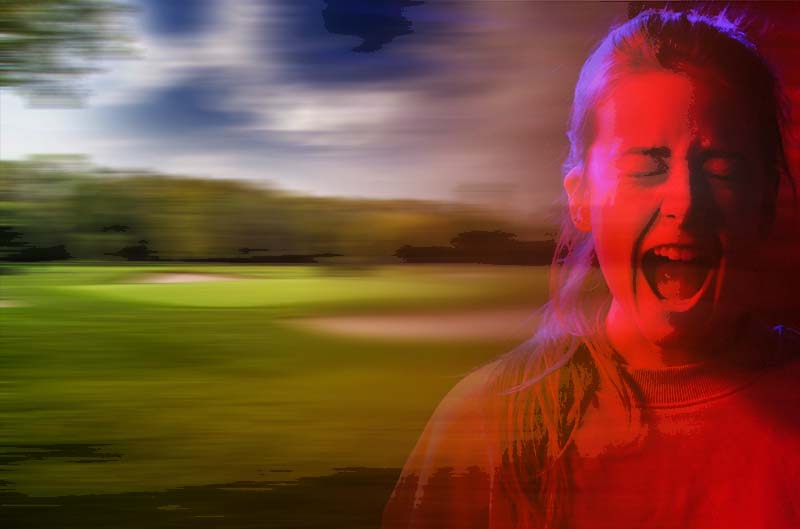
Why one asks, the concern when cataract ops are commonplace after 60, done quickly, and have a good prognosis?
Golfers’ concern is the surgical procedure, which adds a worry if they can play golf afterward. They want improved sight and the reassurance that they’ll be able to drive a ball, put and score. So golfers are taken aback when they’re told to have cataract surgery.
Putting demands good eyesight. Good sight is crucial, and golf even means looking at a specific part of the ball. Many pros say there’s one specific dimple in the middle of the ball to use as a gauge when putting, and nothing else!
As much as golfers want to know if they can play after surgery, they also want to know if their focused vision will be there. And even how soon after a cataract op they’ll be able to play.
Getting back to the course is crucial, as is a golfer’s eagerness for renewed eyesight. Golfers can’t wait for the surgery to settle and want their game to improve and their score.
Golf, cataracts and cloudy vision
Playing golf is about enjoyment, as four-ball, two, or on your own. Golf is a competitive sport and also friendly. But not being able to see what you’re doing is downright stressful. So when you face cataract surgery, you might have an inkling of hope.
The stress from not being able to play with your vision fully intact affects your golf. The possibility of the op to remove cloudy lenses (what cataracts are) is something golfers look forward to.
But they want to know their golfing days are not over and that they’ll play better with new eyesight. Golfers can look forward to playing better again.
As much as you like playing golf, poor eyesight isn’t a recognized handicap but interferes with a golfer’s game and team players. Not being able to follow your ball, see where it lands, judging distances to the green, and battling to gauge green levels, is a nuisance.
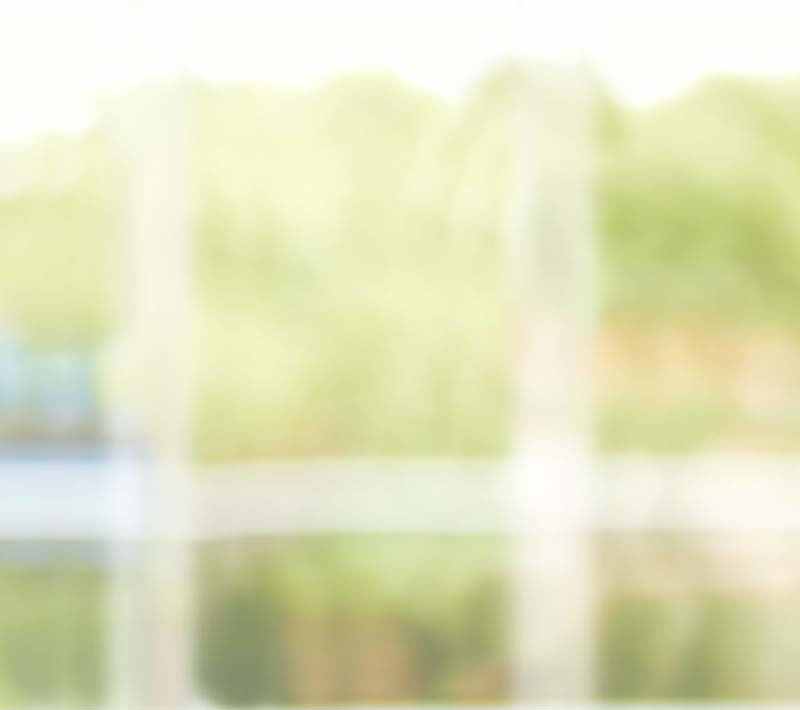
The fun, leisure, and enjoyment of playing golf are often stressful through a lack of proper sight, of which cataracts are the most common cause. So, instead of compromising yourself and the team through your poor sight, an op often is the solution.
When can i play golf after cataract surgery?
Staying in the game, and playing regularly, is more than just good for a player’s esteem. It’s what golfers do to be good at their game.
So when a golfer faces a cataract op, it’s no wonder that their immediate concern is if they can and when they can play again.
Cataracts don’t start suddenly. From the age of sixty, there are visible signs like fogginess in your sight. This is as the lens with cataracts becomes cloudy. Golfers know the effects on their golf and agree on an operation.
Golfers look forward to better sight and even playing a better game.
How long you’ll have to stay off the course is often what most worries players. Just when you’ll be able to play again is also not straightforward.
The cataract op is a relatively simple procedure that takes about fifteen minutes. So no wonder you’ll be wondering if you can play after surgery.
What happens after surgery differs between individuals, and so does their need for recovery.
How soon after a cataract operation can you play golf? After Care
Post-surgery care is stretched out despite the actual cataract surgery being a simple procedure. What happens is that one’s cloudy lens is removed, and an intraocular lens is commonly implanted to clear one’s vision.
There are different lenses of which the monofocal ones see at a predetermined range. The post-operative care is the same and what an eye surgeon advises is that one waits for the new lens to settle in.
Your natural lens is removed, leaving the cornea open behind the artificial lens.
The time that a cornea takes to close varies between individuals. But this is a crucial period in the healing process. The closing of the cornea is what doctors monitor as the eye tissue naturally reattaches. Cataract ops don’t have stitches.
Soon after the about 15 min op, the healing starts, and then there’s a period of close to two months or more to heal.
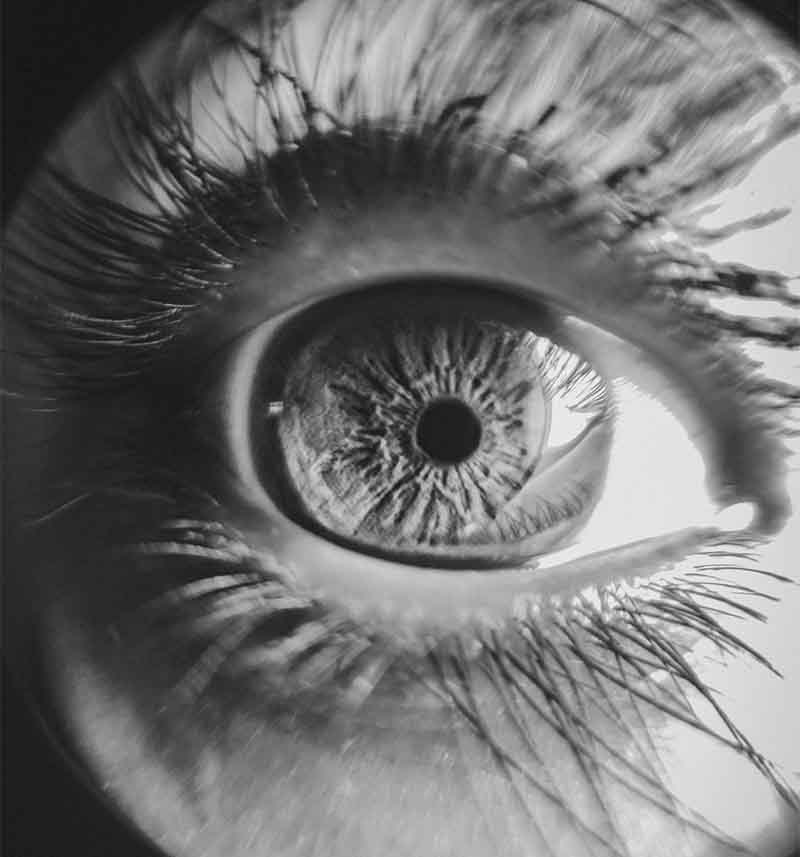
Golfers need to know that after a cataract operation, they must take precautions and:
- Move their body carefully
- Not bend or put pressure on their eyes
Rigorous exercise is not allowed, and so too bending over can increase eye pressure. Also, lifting heavy items like a golf bag with clubs is not allowed. The reason is to let time heal the flap in your cornea. What needs to be avoided is to let the corneal flap open.
Doctors’ orders: Golf after cataract surgery
Most doctors say no exercise for a couple of weeks and even months, which includes golf. A doctor usually checks how the cornea heals, which will tell when a golfer can start to play again.
Golf is a visually demanding game that takes precise hand-eye coordination. With a lens implant, one’s eyes need to settle. The usual time is at least two weeks for light exercise.
But for your eyes to fully recover from cataract surgery can take at least two months. The time needed is for the cornea to heal.
During this time, stay clear of complications:
- Avoid Infections
- Ease back into exercise
- Wear an eye shield (at least the first two days); after that, protective sunglasses
- Don’t bend down or lift items
Dust and debris in the air can cause infections. The likelihood of this happening on a golf course, out in the open, is very possible. Mostly your recovery depends on no strain or increased pressure in your head and eyes.
Getting back to golf will depend on how soon a doctor advises; this can be a couple of months.

Cataract operations and complications
Complications that can arise include retinal detachment, a build-up of eye fluid, swelling of the cornea, increased eye pressure, and even dislodging an implanted lens. Under doctors’ orders, complications are rare, says the American Optometric Association (AOA).
As a golfer, don’t rush back to the course as golfing as exercise and bending over to tee-off, get out of the rough, and even put can cause complications. So too, avoid direct sunlight with proper eyewear and stay away from dust.
As there’s relatively little pain a few days after cataract surgery, people (including golfers) think they’re okay. But healing a cornea can take eight weeks or more.
Start slow after surgery
As much as any pro might say, keep your eye on the ball. For doctors, it is: keep your head above your body after cataract surgery!
For a start, strenuous exercising immediately is out. Light activities like walking can be started after a couple of weeks.
Of course, you can play golf after a cataract op in the long run. But start slow. Avoid strenuous exercise. There is a lot to gain from cataract surgery but go slow.
When you can go to the course, even hit a few balls, it depends on the individual, and that’s why a doctor needs to advise.
What golfers gain from cataract surgery
Every golfer wants good eyesight – 20/20 vision is ideal for standing on a tee, gauging the length of the fairway to the hole, and the green level. This could mean being able to play at a distance, some 200 yards away.
Teeing off and playing along the fairway, out of the rough, and onto the green is a visual skill. Your sight is crucial to gauge distances, and in the end, your sight will determine how well you play.
You can perfect your game with instructions from a pro and work on your confidence.
Golf depends on good eyesight, even seeing the dimples on a ball when you take aim and prepare to tee off down the fairway. The dimples center your focus, and the one in the center is where you aim to make contact and hear that distinctive good-shot ping!
In golf, a player’s vision is much needed alongside other skills:
- Visual. Good eyesight often thought of as 20/20 vision
- Mental. Poor eyesight impairs your game and affects your confidence
- Physical. Your stance and guidance from a pro can correct your swing and gameplay
No doubt, golf is a visual game. Your sight is set on a target as far away as the flag in the hole on the green. Naturally, this means that you are aiming for the best vision you can have. And at 60plus years, a cataract op is likely your only choice.
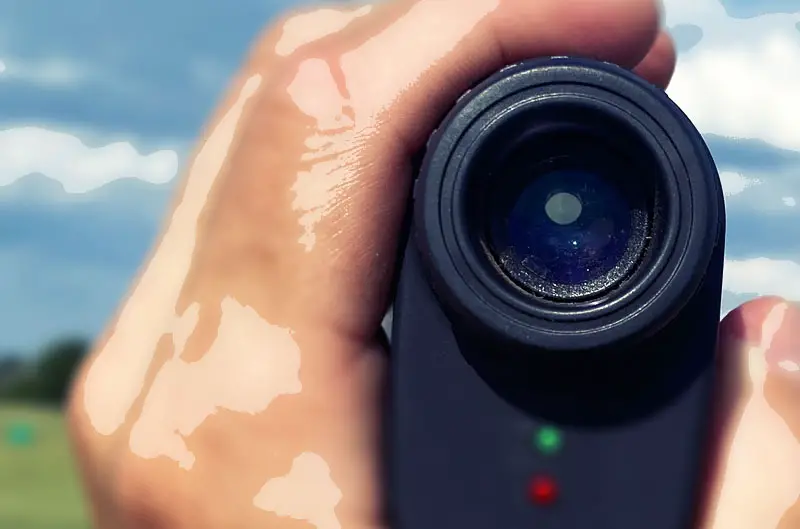
After-op baby golfing steps
As seen above, you can look forward to playing golf after cataract surgery. You can also look forward to ending visual disturbances like struggling to gauge depths on the course and distances between the ball and where you’re hitting. But getting back to the course will take time!
And the rewards are there within the months – you will be able to see distances clearly, track a ball’s flight, and not need to guess which club but see what to use.
Your much-needed peripheral vision will be on track too. Don’t rush out, though; take the time to heal.
Cataract ops for golfers restore visual skills, and their focus range from close to far. What you can look forward to is:
- Putting with ease
- Gauging the level of a green
- Gauge the distance between the hole and where you’ve landed
- Selecting the right club to use
- Improved depth perception
- You’ll see how hard to hit
Restored sight is what golfers look forward to – which long-distance shots, getting out of the rough and, on the green, putting neither too hard nor soft. Golfers with proper sight won’t overreach or end up with a shot that’s too short.
One can understand why golfers’ concerns are their future focus. This is an essential aspect of golf; knowing where to aim along the fairway is as important as knowing where to strike a ball with a club quick and accurately.
If you can play golf sooner depends on your health, and a doctor will advise. Each person is different, and cataract surgery can initially cause vision loss. This condition can interfere with hitting a ball and gauging distances. People can also have a complication from the op, which can include pain and discomfort.
Please note: This post doesn’t offer medical advice. Always best to check with a doctor.
Now to “clear” things up
The frustration of a game of golf that’s cloudy and foggy is at an end. Cataract ops aim to restore golfers’ vision to 20/20 but don’t rush the process. You can put, chip, and drive with a lens implant and have accuracy. You can be ready to play after a couple of months.
Cataract ops end the frustration of blurred vision, inability to follow a ball, or gauge how to play on a green. But after an op, this all vanishes as you can play golf with clear vision. And look forward to the 19th hole with a better score!
Follow us on Twitter at https://twitter.com/wolfitgolf and let me know if you begin to start playing “clear” golf again.
References
- https://golf.com/instruction/golf-ball-aim-cheet-sheet/
- https://www.aoa.org/healthy-eyes/eye-and-vision-conditions/cataract?sso=y
- https://www.nvisioncenters.com/cataracts/golf-game/
- https://www.youtube.com/watch?v=0nWP0FkDgv4
- https://www.ncbi.nlm.nih.gov/pmc/articles/PMC1120237/
- https://www.hopkinsmedicine.org/health/wellness-and-prevention
- https://www.healthline.com/health/eye-health/exercise-after-cataract-surgery
- https://www.quora.com/How-long-should-you-avoid-bending-over-after-cataract-surgery
- https://www.webmd.com/eye-health/cataracts/complications-cataract-surgery
- https://www.nhs.uk/conditions/cataract-surgery/recovery/#:~:text=These%20side%20effects%20usually%20improve,healed%2C%20usually%20after%206%20weeks.
- https://www.mayoclinic.org/tests-procedures/cataract-surgery/about/pac-20384765
- https://myhealth.alberta.ca/Health/aftercareinformation/pages/conditions.aspx?hwid=zy1459#:~:text=Your%20Recovery,-You%20had%20cataract&text=After%20surgery%2C%20your%20eye%20may,see%20as%20clearly%20as%20possible